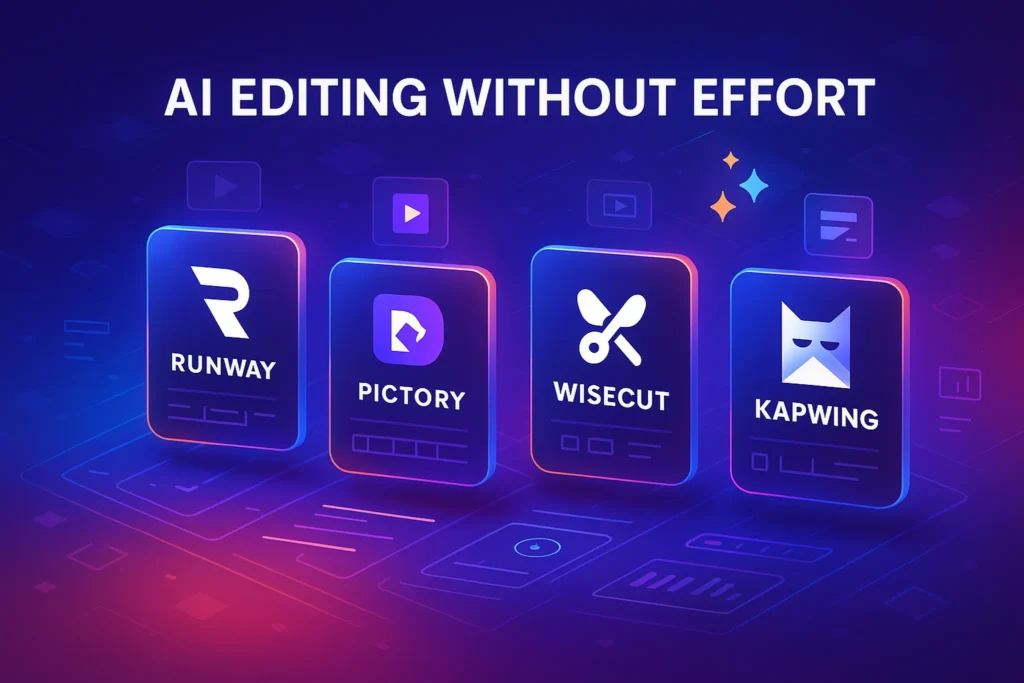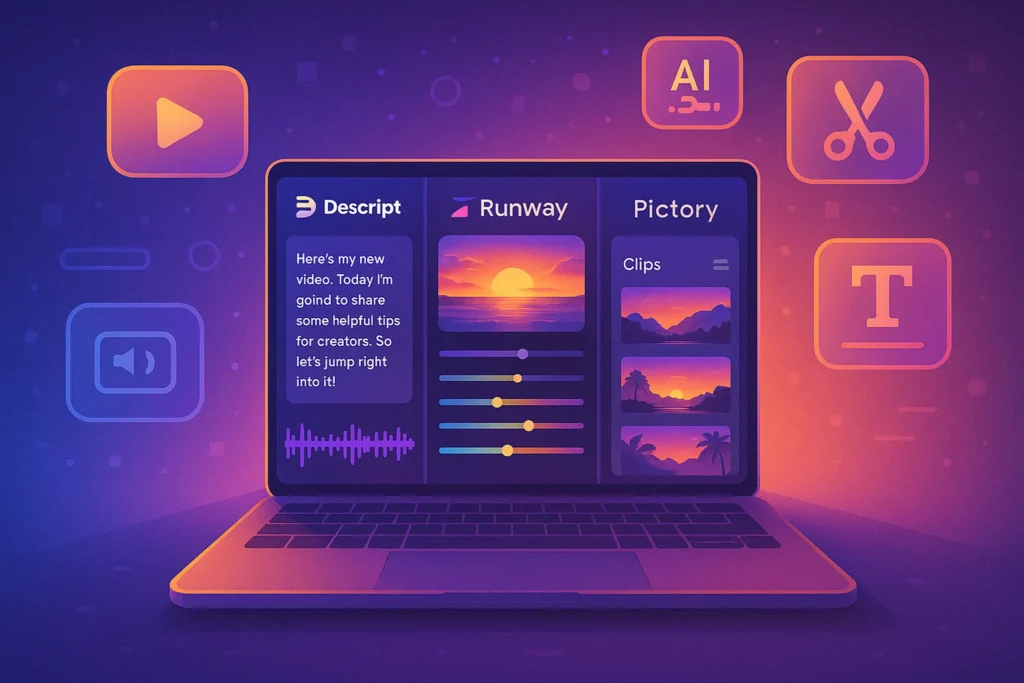🎬 Introduction: Why Influencer Collaboration Works in 2025
The landscape of video marketing is noisier than ever. Everyone’s posting, algorithms are tightening, and standing out feels harder by the day. But there’s one proven shortcut to visibility, trust, and engagement: collaborating with the right influencers.
Influencers bring more than just followers. They bring built-in credibility, niche authority, and audience trust. When you partner with them—whether for co-created YouTube content, Instagram Reels, or even Twitch shout-outs—you tap into highly engaged micro-communities that algorithms already favor.
In a world where people skip ads and scroll past branded content, authentic influencer collaboration doesn’t feel like marketing—and that’s exactly why it works.
And we’re not just talking about mega-influencers with millions of fans. Often, it’s the micro- and nano-influencers who deliver the most genuine ROI. So how do you find the right ones? How do you structure a win-win partnership? And how do you avoid common pitfalls that ruin collabs before they begin?
Let’s break it all down.
🔍 Why Influencer Collaborations Supercharge Video Reach
Partnering with influencers can feel like adding rocket fuel to your video campaigns. Here’s why it works so well:
-
Audience Trust: People are more likely to engage with content from someone they follow than from a brand they barely know.
-
Content Diversity: You bring in a fresh face, new tone, and sometimes even a different format—all of which fight content fatigue.
-
Boosted Distribution: Influencers often promote the collaboration across multiple platforms, increasing your content’s shelf life and reach.
-
Algorithm Boost: Platforms like YouTube, Instagram, and TikTok prioritize content that gets high engagement quickly. Influencers can deliver that early traction.
In fact, according to recent video marketing trends in 2025, influencer collaborations now outperform solo branded content by up to 35% in terms of engagement rate.
But that’s only true when the collaboration feels natural—not forced. And that begins with choosing the right partner.
🧭 How to Find the Right Influencers for Your Brand
Don’t fall for vanity metrics. Follower count means little without relevance and trust. Here’s what truly matters when picking the right collaborator:
-
Audience Match
Is their audience your target customer? Even a micro-influencer with 10K followers can outperform a celebrity if their community aligns with your niche. -
Engagement Over Numbers
Look for comment sections that feel alive—not just likes. Are people responding with real thoughts? Are conversations happening? -
Content Style Compatibility
Their tone, visual style, and personality should blend well with your brand. Otherwise, the content will feel disjointed and confuse both audiences. -
Platform Fit
A LinkedIn thought leader may not be ideal for a TikTok campaign. Choose influencers based on where your audience consumes content. -
Past Partnerships
Have they done branded content before? How did it perform? Did it feel authentic, or was it just a product plug?
To speed this process up, consider tools like Upfluence, CreatorIQ, or even influencer marketplaces built into platforms like TikTok Creator Marketplace or YouTube BrandConnect.
If you’re building a broader funnel strategy, pairing your influencer efforts with a strong video marketing funnel ensures long-term lead nurturing, not just short-term exposure.
🎥 Collaboration Models That Actually Work
Not all influencer partnerships look the same—and choosing the right format matters more than most brands realize. Here are the most common types of influencer collaborations in video marketing:
1. Co-Creation (Joint Video Production)
This is the gold standard. You and the influencer create content together—a tutorial, a behind-the-scenes vlog, a challenge video, or even a product walkthrough.
✅ Why it works: It feels natural. Both audiences see the collaboration as a shared effort, not just an ad.
📌 Real Use Case: A sustainable fashion brand co-produces a “closet audit” video with a YouTuber who’s known for eco-conscious styling. They share both the cost and content rights, and it performs 3× better than a typical brand video.
2. Shout-Outs and Mentions
The influencer briefly highlights your brand or video inside their own content.
✅ Why it works: It’s fast, simple, and low-cost—but less impactful than co-creation.
📌 Use this for awareness spikes or when launching a campaign you’ll retarget with ads later.
3. Affiliate-Driven Collabs
You equip the influencer with a trackable link or discount code. Their success becomes your success.
✅ Why it works: The incentive is built in—if they believe in your product, they’ll push it authentically.
📌 This model works exceptionally well in tech, beauty, and lifestyle verticals. Consider pairing it with your best-performing affiliate funnel (especially if you’ve built it on lessons from How to Script Your Videos for Maximum Engagement).
4. Product Seeding & Unboxings
You send them your product and let them organically showcase it.
✅ Why it works: Low barrier for entry and often feels more “real” to the viewer—especially in TikTok and Instagram Reels.
🤝 Tips for a Smooth and Successful Collaboration
It’s easy to ruin a good collaboration with bad communication or over-controlling the creative. Keep it simple with these actionable tips:
-
Set clear expectations from the start: deliverables, deadlines, tone, and where the content will live.
-
Give creative freedom: Influencers know their audience best. Instead of handing them a script, share key talking points and let them adapt it.
-
Agree on KPIs early: Views? Clicks? Comments? Make sure you both define success the same way.
-
Don’t rush the launch: Let them hype it up before publishing. Teasers work wonders.
-
Pay fairly and on time: Even nano-influencers deserve timely compensation or proper value exchange. Reputation spreads fast.
Bonus tip: Some of the most authentic campaigns start by engaging with influencers organically before pitching. Comment on their posts, share their content—build a real relationship. That authenticity will reflect in the final video.
By the way, one of the best examples of a well-executed video collaboration can be seen in our case study: How a Small Business Grew with Video Marketing. It’s worth studying how they paired influencer authenticity with strategic funneling.



